1/96 SWM KILO kit soon to be available
Collapse
X
-
OK. Enough of this model making stuff. I have a much more serious question. Why is there a naked guy on this boat?
Leave a comment:
-
I'm in the short-strokes on the KILO project. I've set the small fiddly bridge and sail masters away for later and this weekend concentrated on working up the rubber tools for the sail, tail-cone, mast-bridge foundation, and appendages.
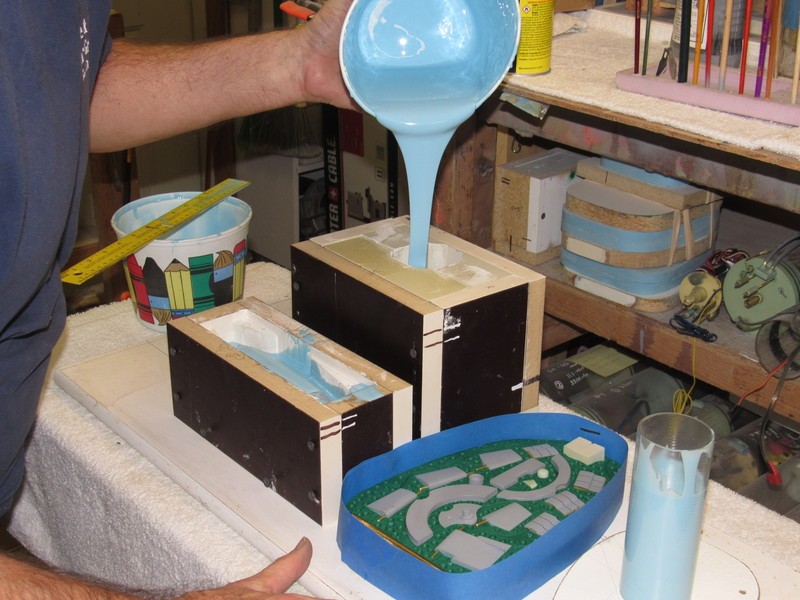
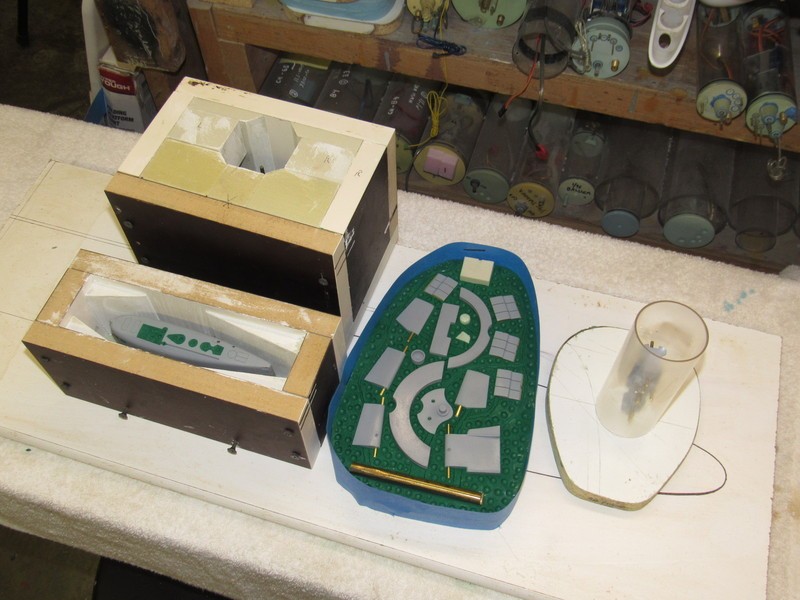
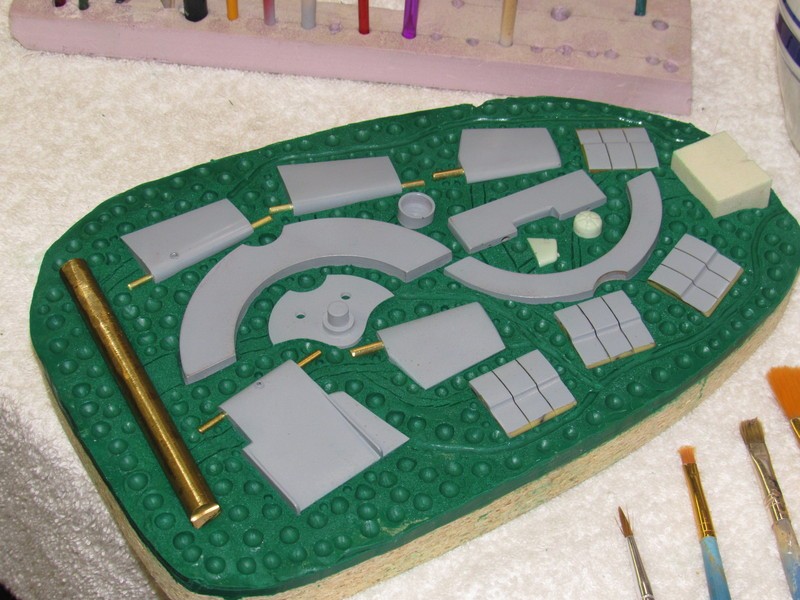


This Wild Pilipino gal keeps invading my space with coffee, food, and occasional outburst of old rock-and-roll tunes. What's a guy to do?!….
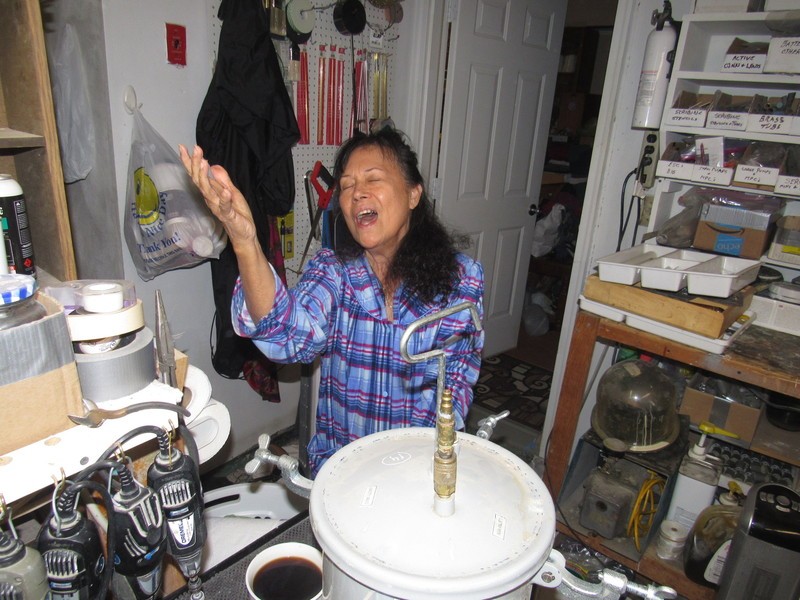
I fine-tuned the clay masking material in the tail-cone to produce a better parting (flange) line between the eventual cast resin parts. Also picture is some of the work done getting the mast-bridge foundation master ready for tool making.
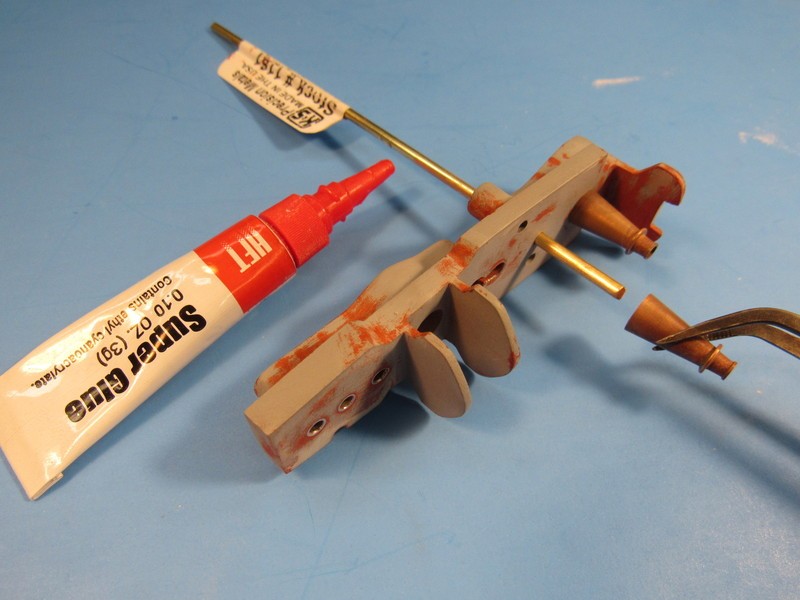
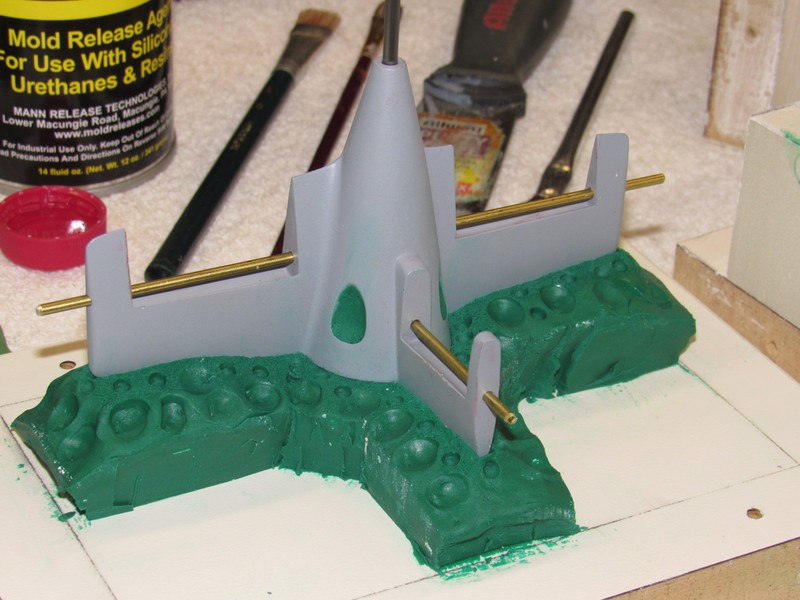
David
David

Leave a comment:
-
Both statements are true
In addition to the second statement.......the feeling of satisfaction you get by crafting them is way bigger than what you get by drawing them and feed it to the machine.
If I had pulled off (what is doubtful) what you accomplished here, I would look like sergeant “morning wood” 24/7 for a whole year.
Grtz,
Bart
Leave a comment:
-
-
I'm finishing up the fine detail work on this model kits fittings, most of the effort expended on the antennas, periscope shears, compass repeater, and snorkel masters. The principle document I've been using is a too-scale orthographic profile, in cut-away, of the non-export version of the KILO. In their jargon: Project 877. This drawing a copy of the illustration that was an element of promotional material dealing with the Rubin design Bureaus diesel powered attack submarine.
The first boat of the class launched in 1980. This kit will represent the initial Project 877, used by the Soviet/Russian navy. Later, Russia sold the Project 636 variant of the KILO to client nations and that resulted in changes to antennas and, in some cases, the first class adoption of streamlined mast fairings. But, that's another story -- not applicable to this story.

One item poorly represented on the illustration was the watertight enclosure that housed the gyro-compass repeater, which hangs off one of the two periscope shears. From photos, and an excellent plan I had of the FOXTROT, I cobbled together what the thing actually looks like, made a working sketch, and turned the thing from machine brass. The result you see below. The rod at the bottom of this master will later be snipped off, right now it serves as a handle as I detail this item with hinges and cover hold-downs.
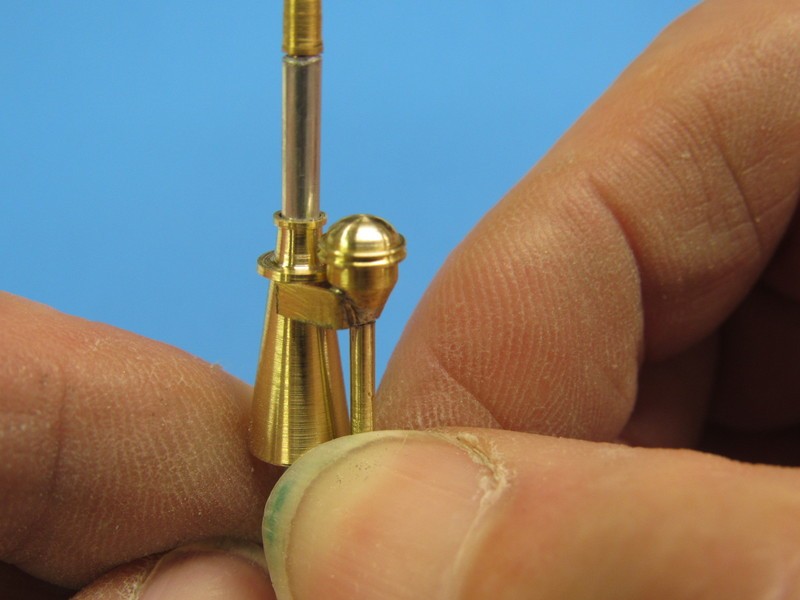
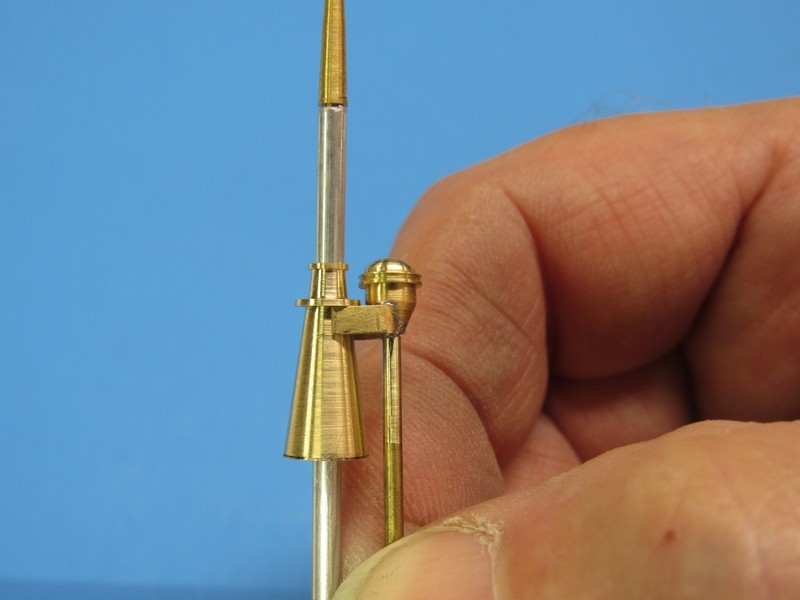
A feature of this enclosure is the means it attaches to the upper end of the after #2 periscope shear, The work you see here is how I slit the bottom of the enclosure to accept a 'U' bend piece of brass sheet that would form the bracket that holds the enclosure to the top of the shear.
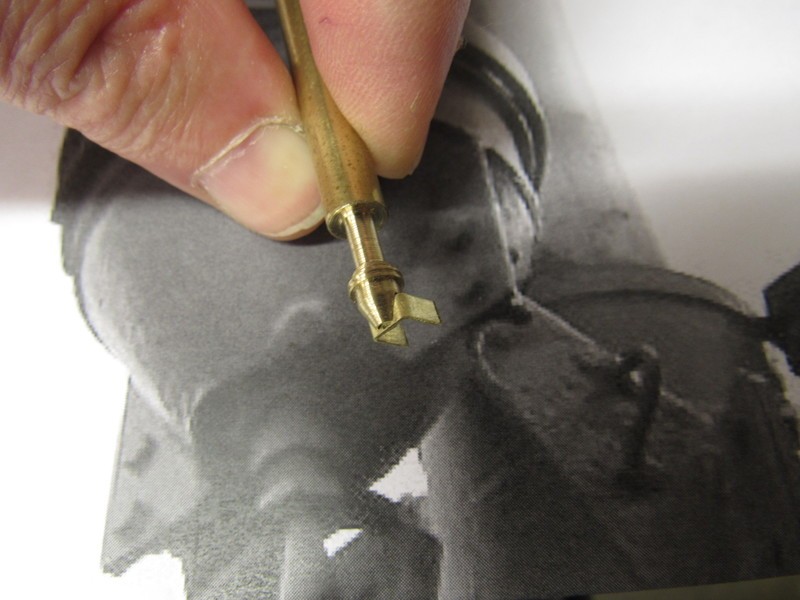
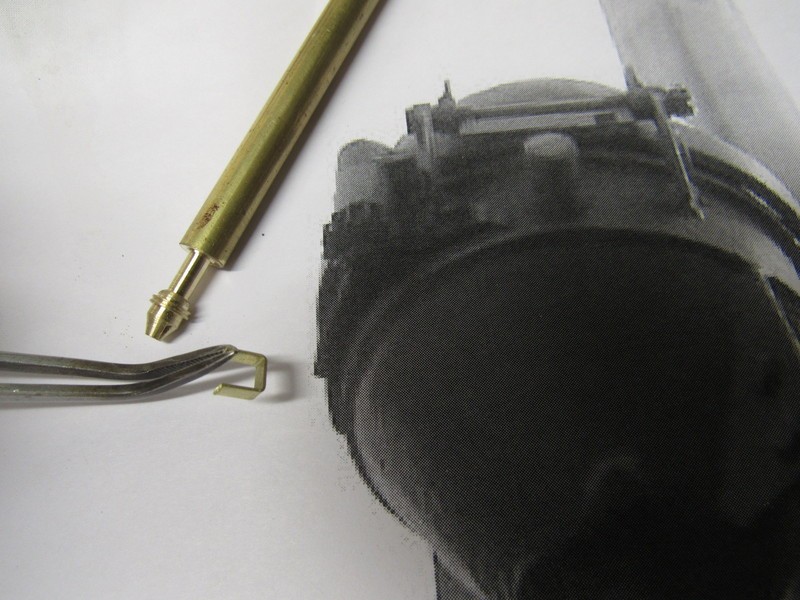
I modified the tip of my 35 Watt soldering iron to a knife edge to facilitate soldering of the parabolic radar reflector to the reflector mount. The relatively massive heat sink that is the base of the radar assembly kept the solder union between base and mount below melting temperature, so I could get away with soldering the reflector with the iron without jig or external heat-sink. But, this only works if you make quick work, to prevent heat from saturating the base and de-soldering the mount.
Damn... … I'm good!
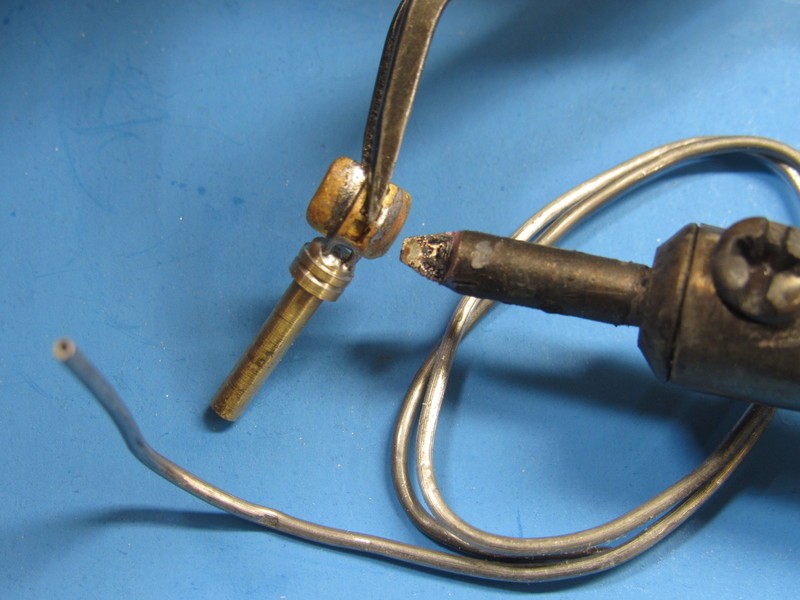
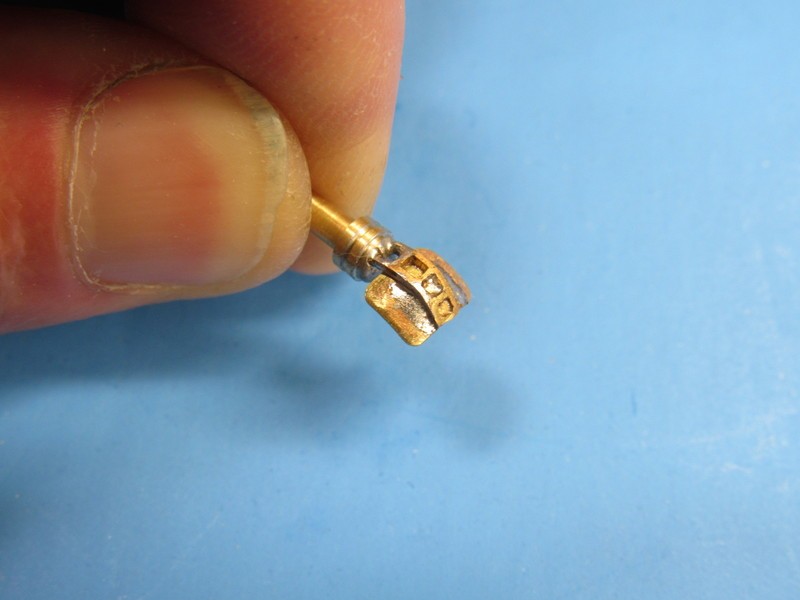
A few hours work with file, sanding sticks and steel-wool cleaned up the radar master. A trick is to mash up '000' steel wool into a dense rod and insert that rod into the chuck of a moto-tool -- that tool then used to polish the surfaces of the metal part.
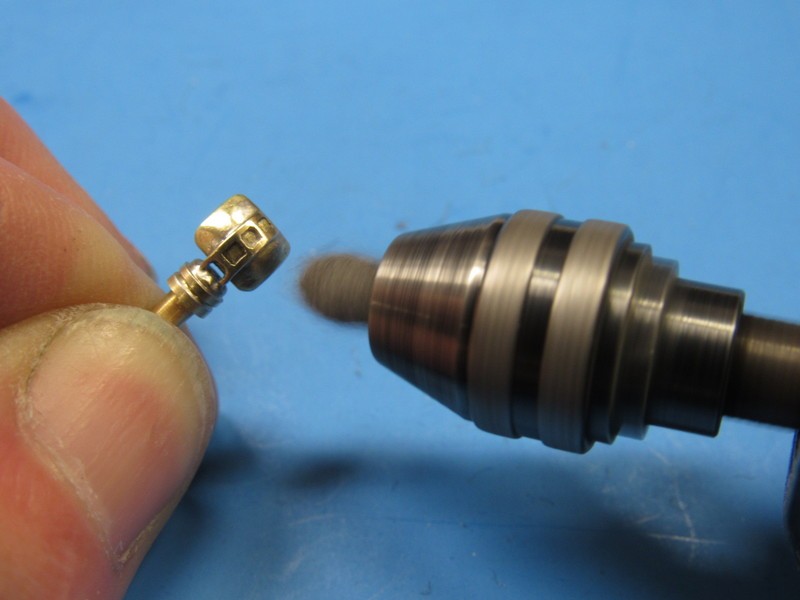
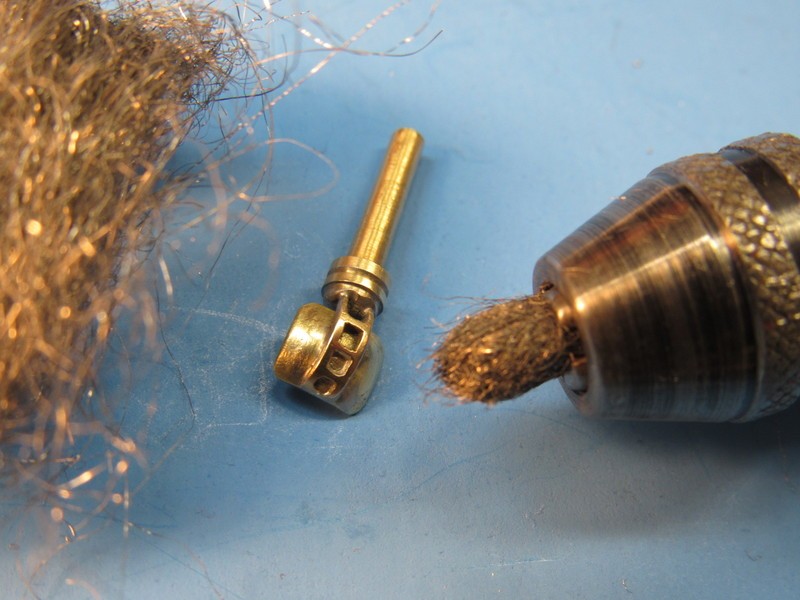
By the way: what I'm taking two weeks to do, someone with a 3D printer can do overnight, while they sleep. The robot is quicker; much more accurate than the hand; and is infinitely cheaper.
I'm quickly becoming obsolete (Rod Serling, call your office).
David
Last edited by He Who Shall Not Be Named; 12-12-2018, 09:53 PM.👍 1Leave a comment:
-
Bart, I second that feeling. I like the Foxtrot and regret not getting one when they were available.Leave a comment:
-
-
A lot of people want the Rick Polumbo 1/72 FOXTROT, Scott. However, this guy, who originated the project with a supurbe hull and sail kit -- and in my opinion one of the best model-builders I've come across -- turned out to be a crook. Rick left Mr. Caswell and me high and dry during development of a commercially viable version of his kit. The SOB simply packed his bags and left town without leaving a forwarding address. And, as it turned out, we weren't the only ones screwed by this guy: others, who had put money down for work never completed, were left holding the bag.
Bottom line: until I find the time to make my own hull and sail masters, the planned 1/72 FOXTROT kit is way off in the future. Maybe after I finish upgrading the SWM kits? Hope so, it's a lovely boat and a great runner on and under the water.
Here are some shots of the model I got working -- to this day still in primer gray.
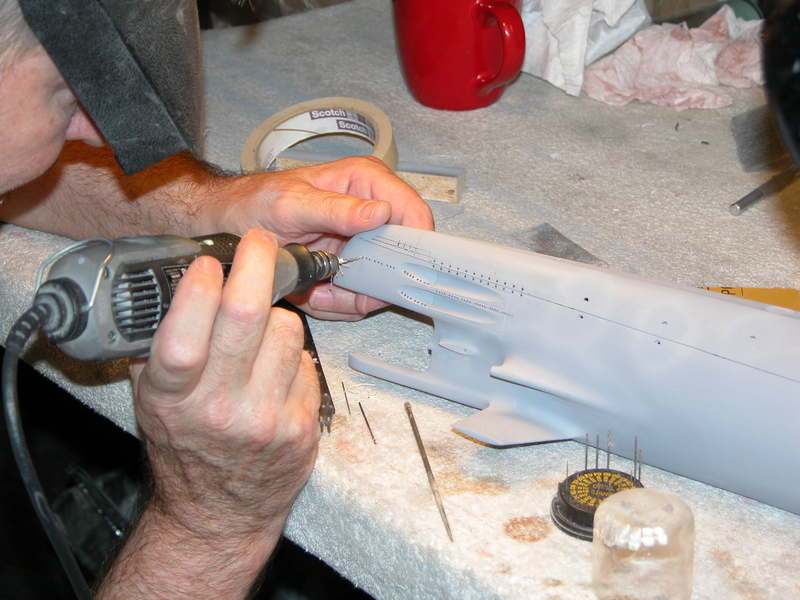
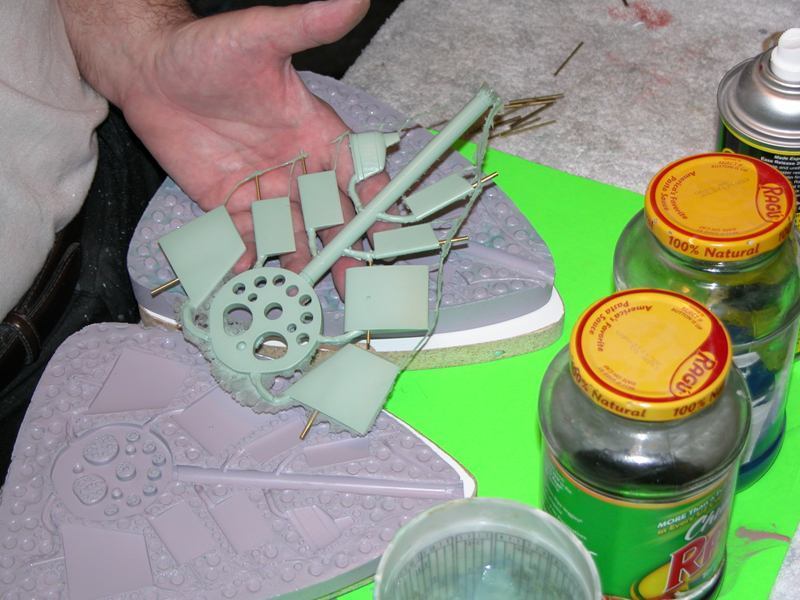
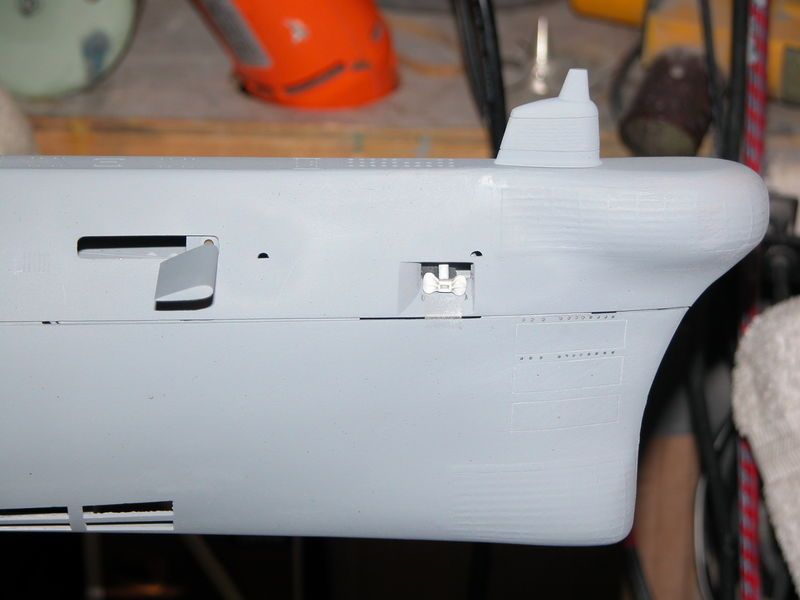


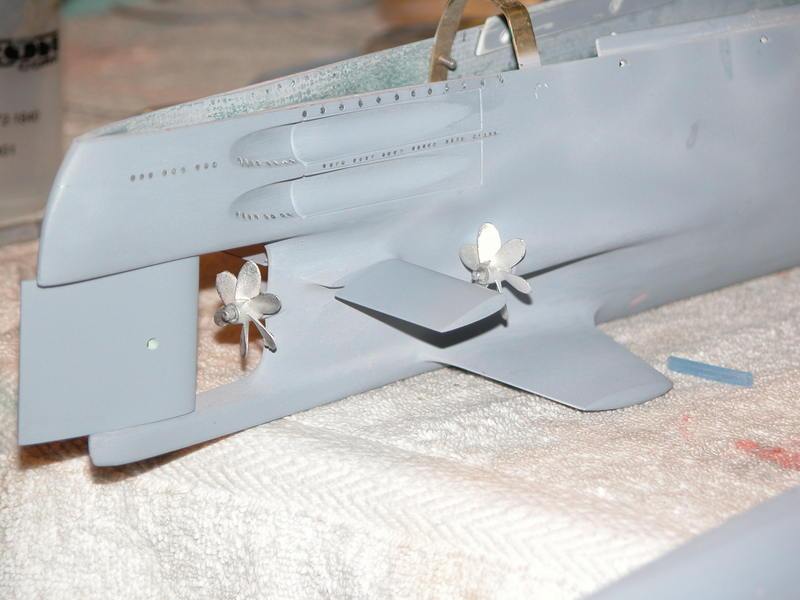
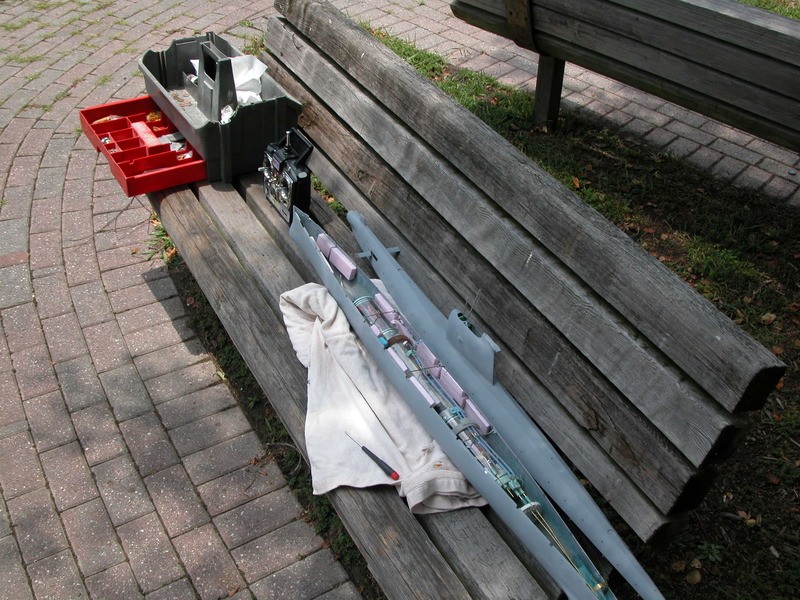

David
Leave a comment:
-
I have to get hold of one of these. Which of my children would you like? (The eldest one takes less looking after but he eats more).Leave a comment:
-
Agreed. Submarines are inherently boring, simple subjects without much physical appeal. So, it's wise to concentrate on any area that has 'interesting' stuff hanging off or sticking up in the air. With model aircraft the eye always goes to the cockpit. Same with submarines.
I did similar work for the 1/72 FOXTROT a few years ago.
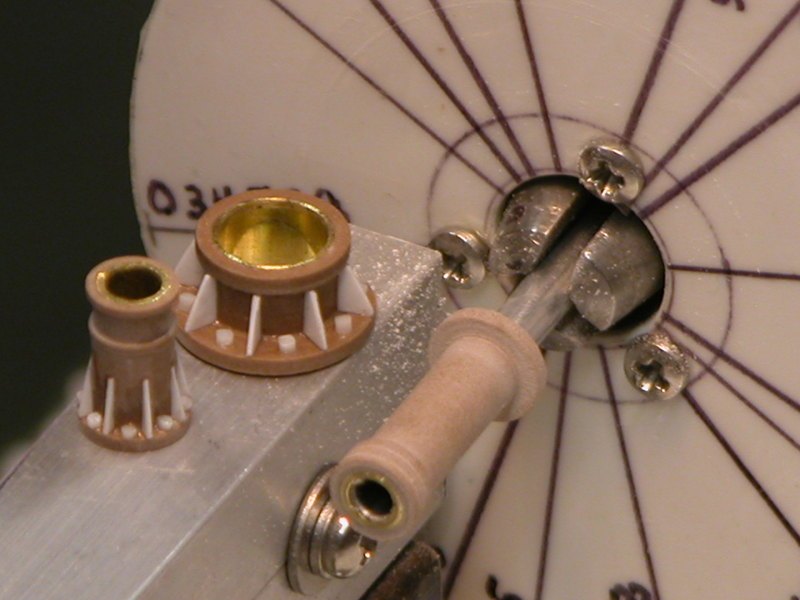
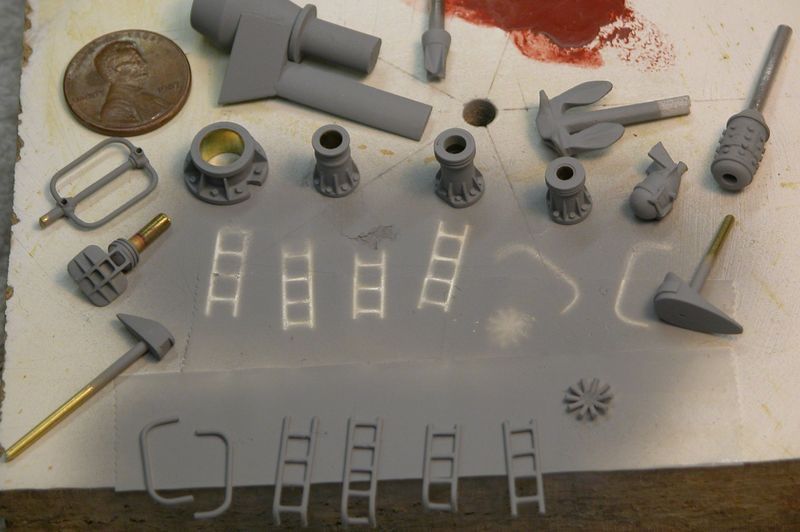
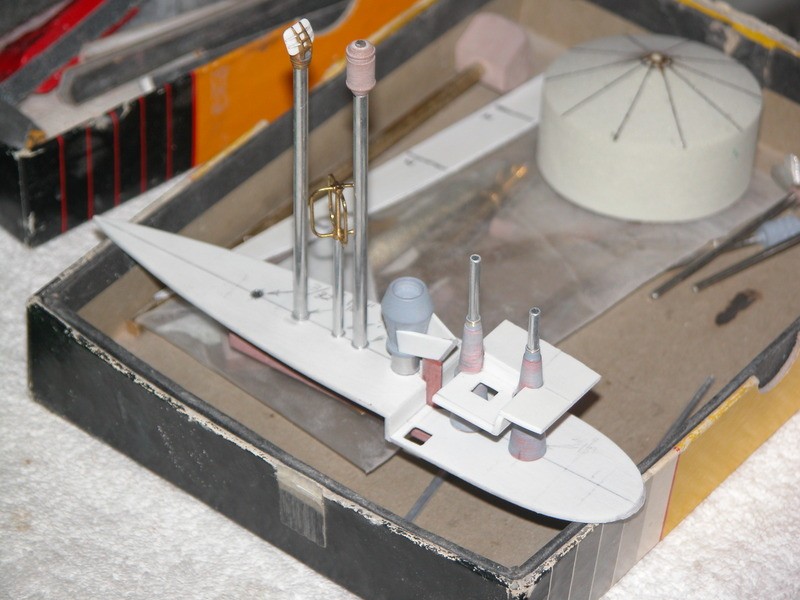
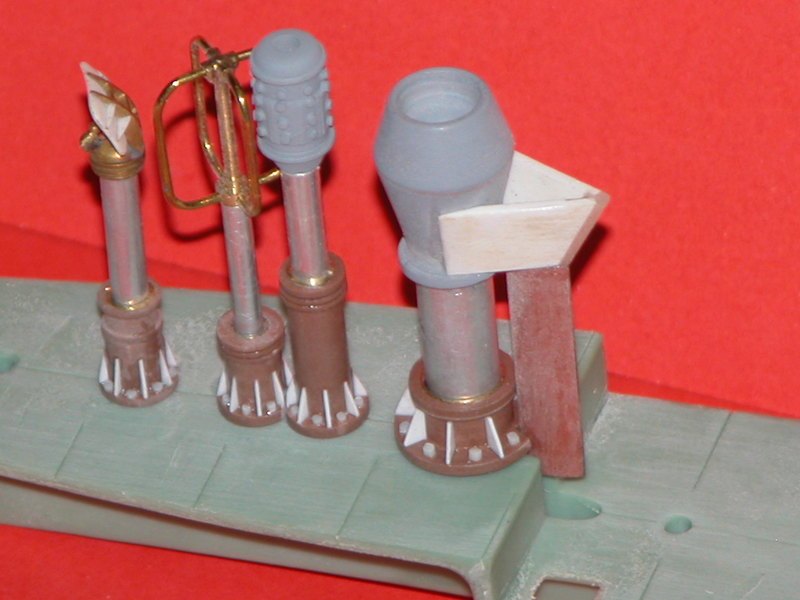
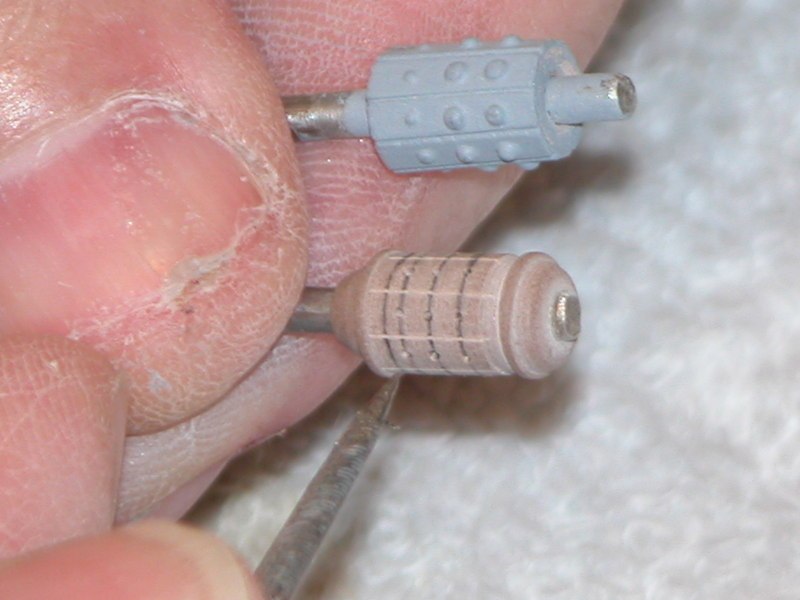
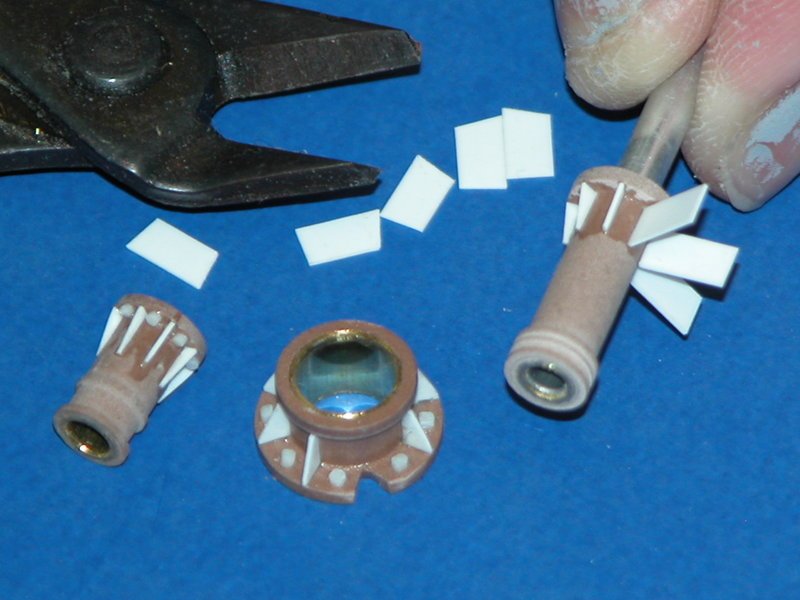
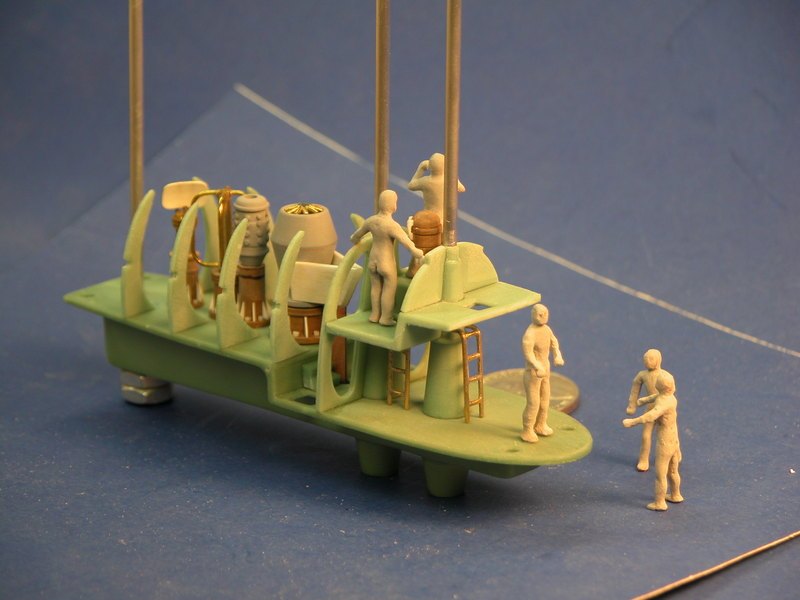
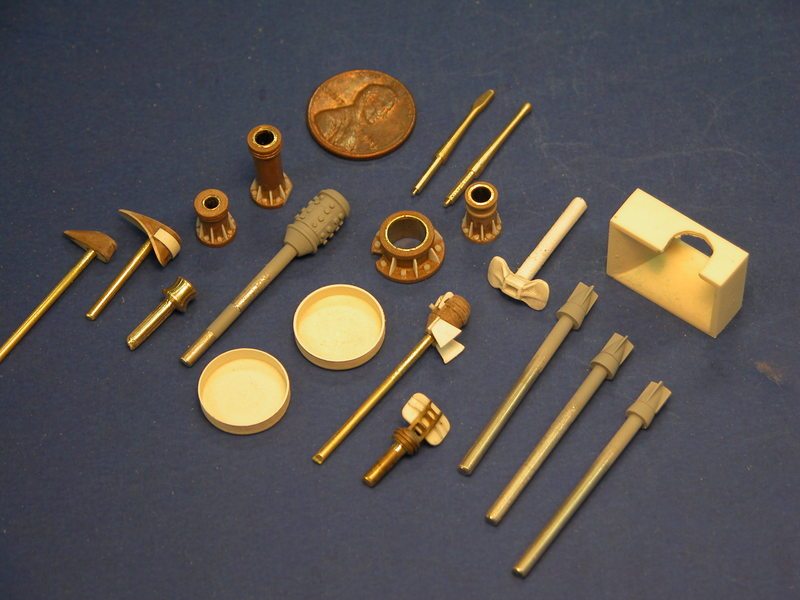
DavidLeave a comment:
-
Those masts and foundations are perfect. The're the best thing about that boat.Leave a comment:
-
Last couple of days have been dedicated to working up masters for the sail antennas, snorkel, scope shears, and integrated foundation that holds all that crap together.
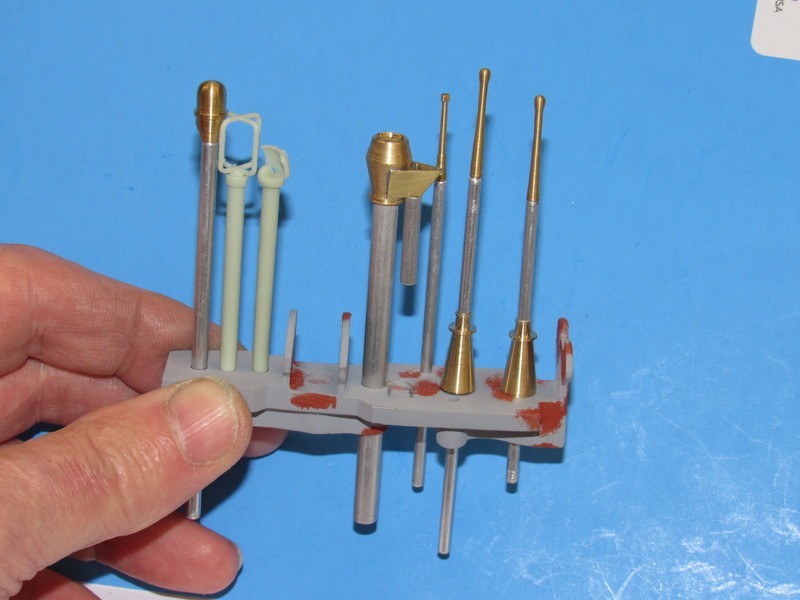
Notice the blue resin radar and DF loop antennas -- stand-in's till I complete the brass masters.

Where metal turning and carving were required I used 'machine brass'. The parabolic radar reflector was pounded out from cartridge brass. All of the K&S brass you pull off a hobby-shop shelf is the hard cartridge brass and is not suitable for machining. The machine brass is alloyed with Lead to promote chip forming during turning, milling, and hand cutting -- much easier to work with. You can get the stuff from McMaster-Carr.

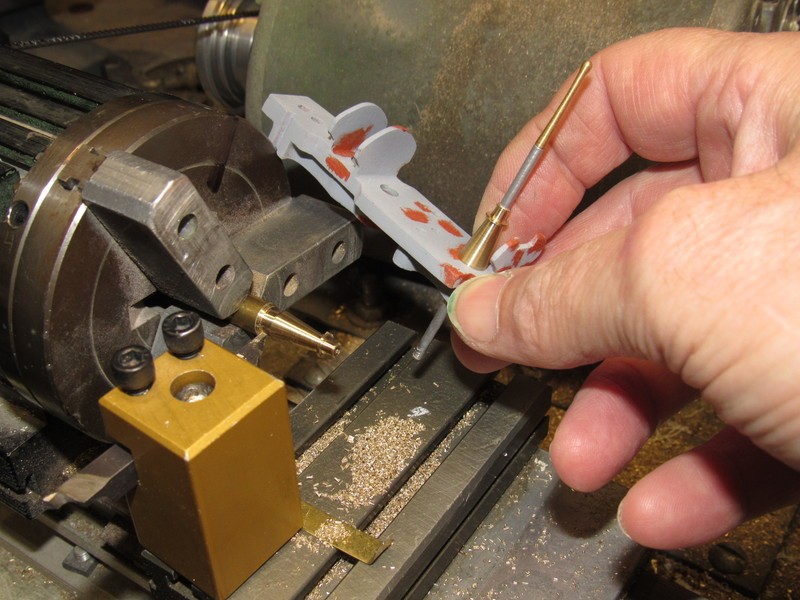
The radar reflector support was hand cut from a rod of machine brass with the aid of cut-off wheel, drum sander, and a lot of elbow-crease pushing jeweler's files in and around the work.

Mom was a pretty sharp Jeweler in her time and I got her tools when sister and I divvied up the estate. Here I'm putting one of her dapping punches to good use, forming the radar antenna parabolic reflector out of some heat-treated cartridge brass sheet. The backing material is 20-lbs. per cubic foot RenShape pattern stock. It crushes under the force of the dimple laid onto the brass sheet by the dapping tool hemispherical head -- the relatively soft material forming the perfect die for the radius being formed.
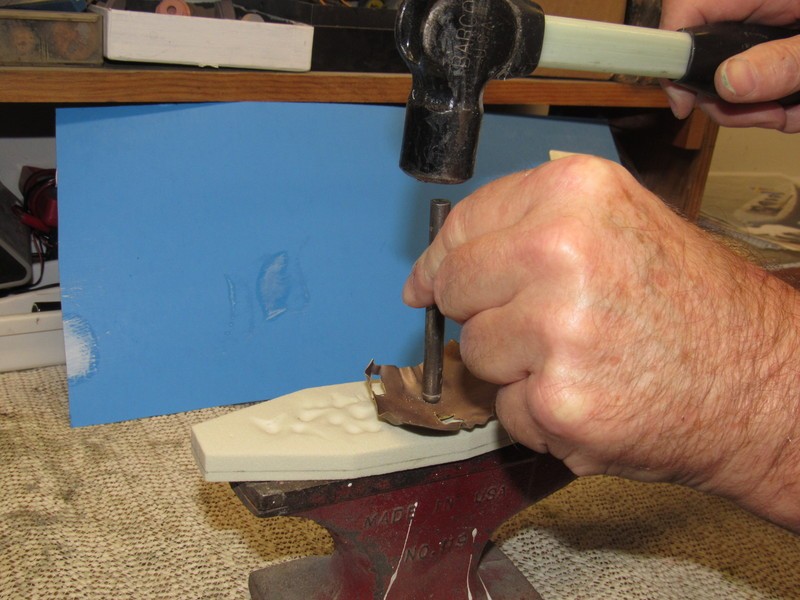
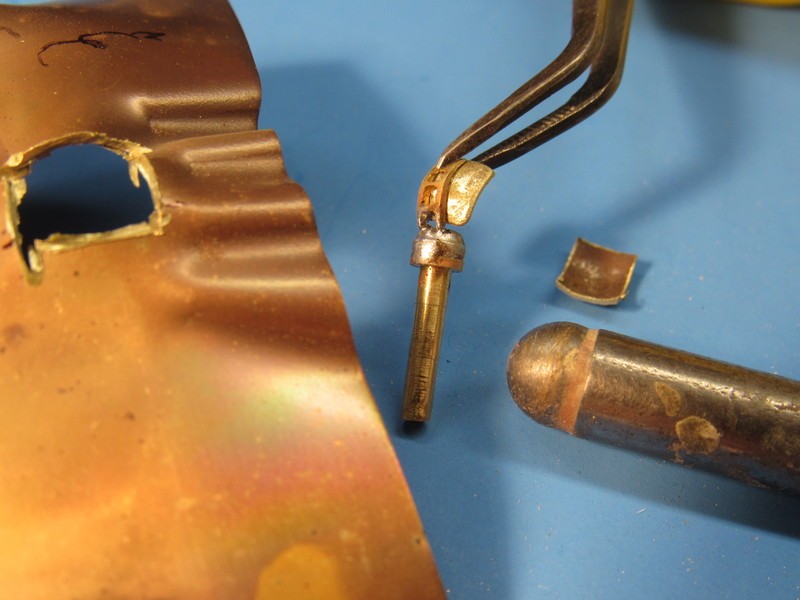
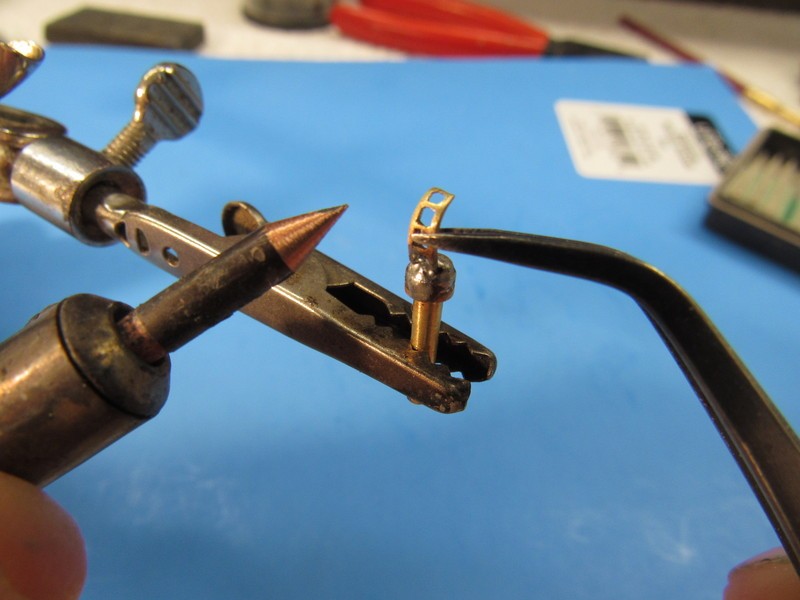
And I did some more work on that god-awful looking Soviet snorkel.
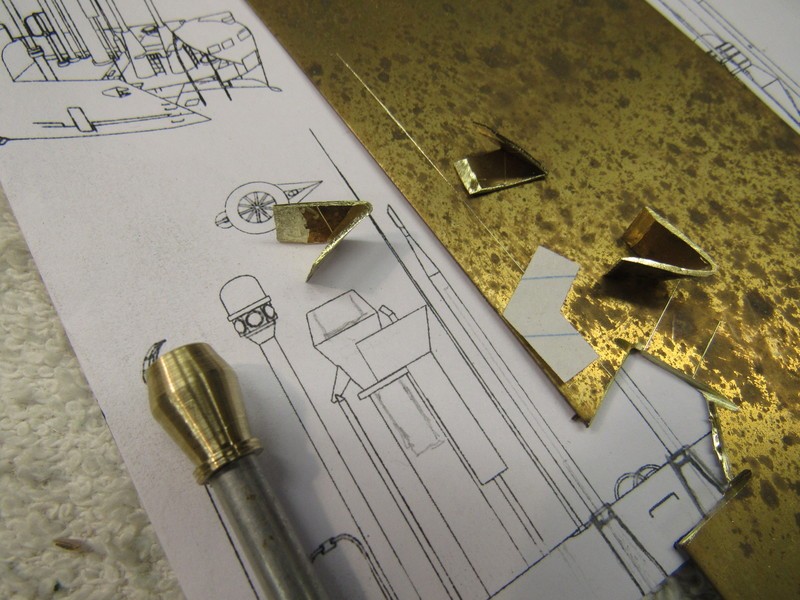
David
Leave a comment:
-
As there are gaps between the displacing blocks and flask faces I use the wax (and some clay) to fill them so rubber does not undermine the unions between displacing blocks and flask faces.
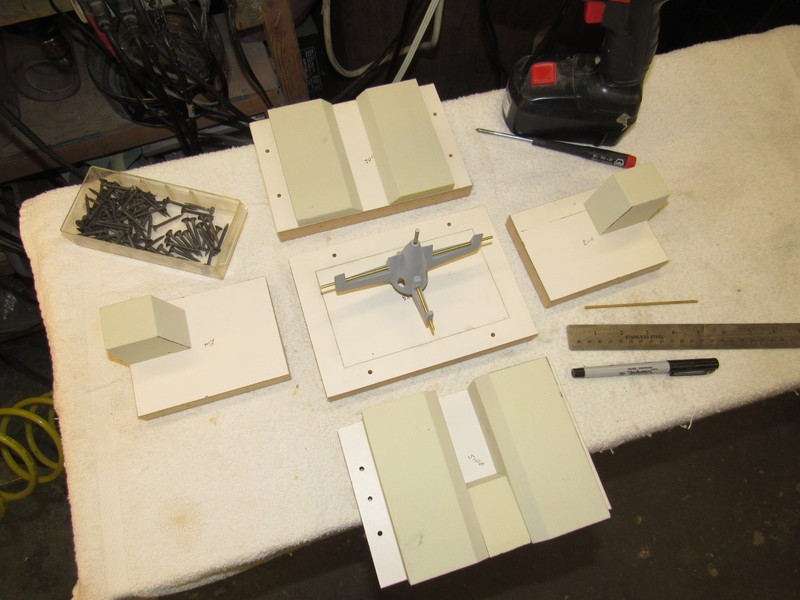
I use only platinum cured silicon RTV rubber. Last's longer, is less chemically sensitive, and is more durable than the cheaper Tin catalyzed RTV.I use the hard TC-5050 rubber for most metal and resin casting tools.
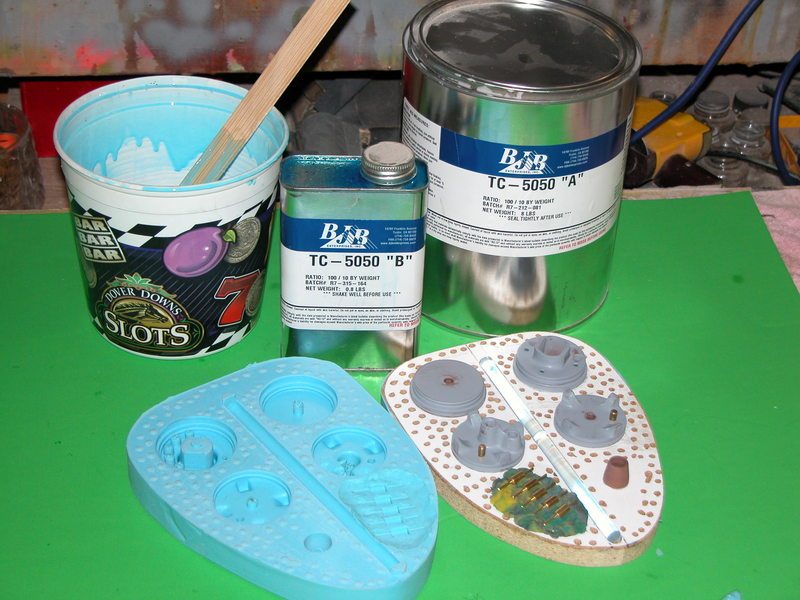
I'll use the 'brushable' TC-5040 for glove-molds used for GRP lay-up.
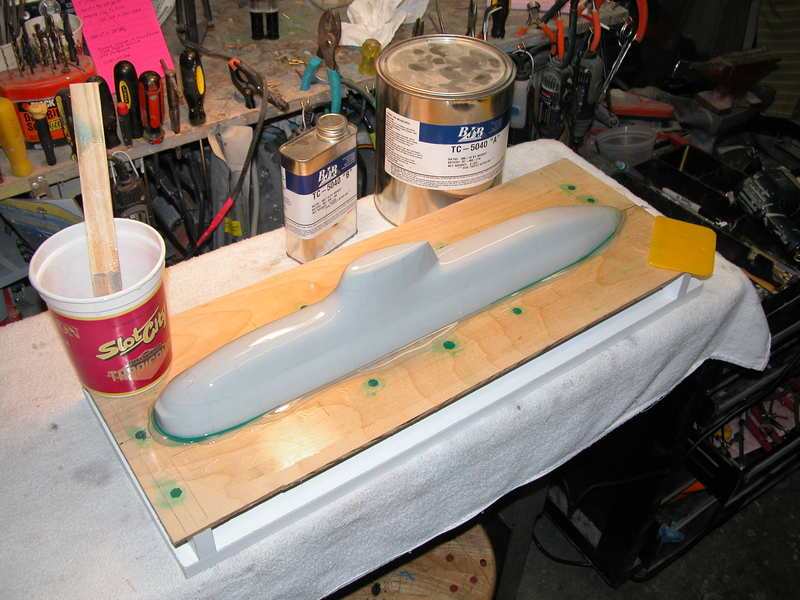
DavidLeave a comment:
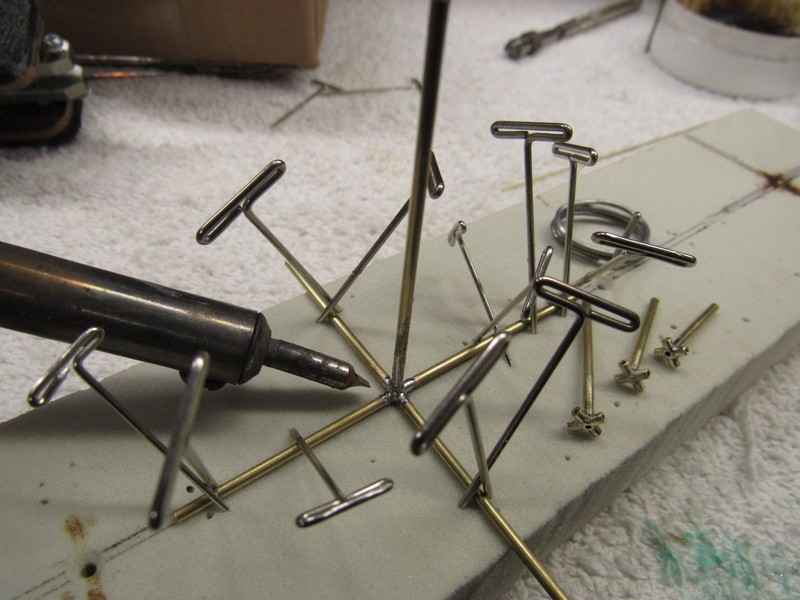

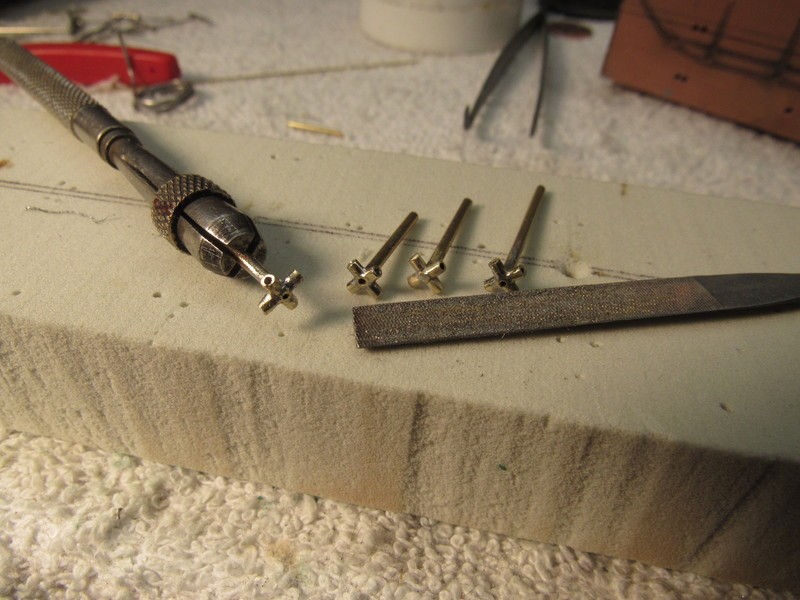
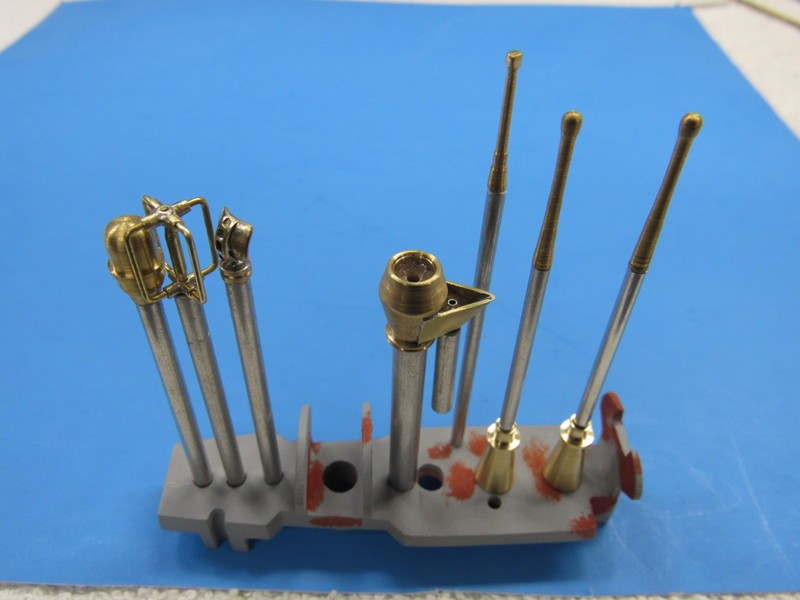
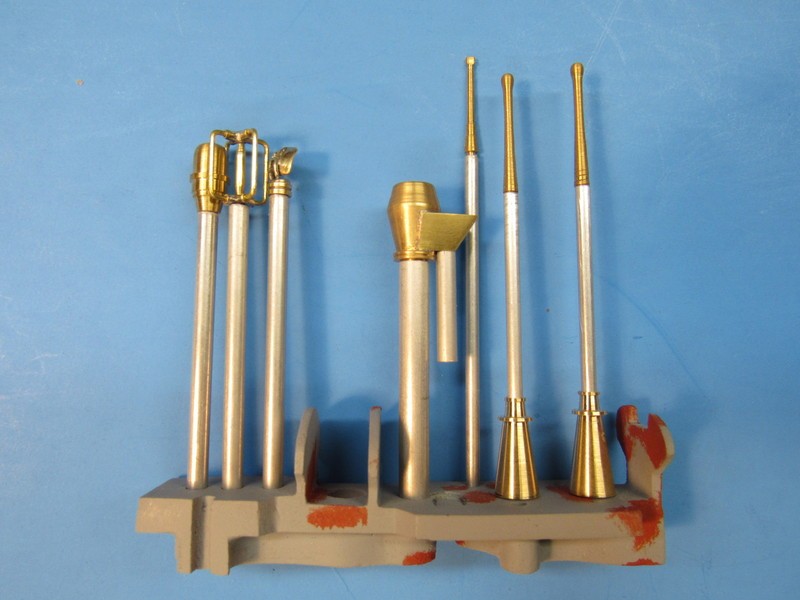
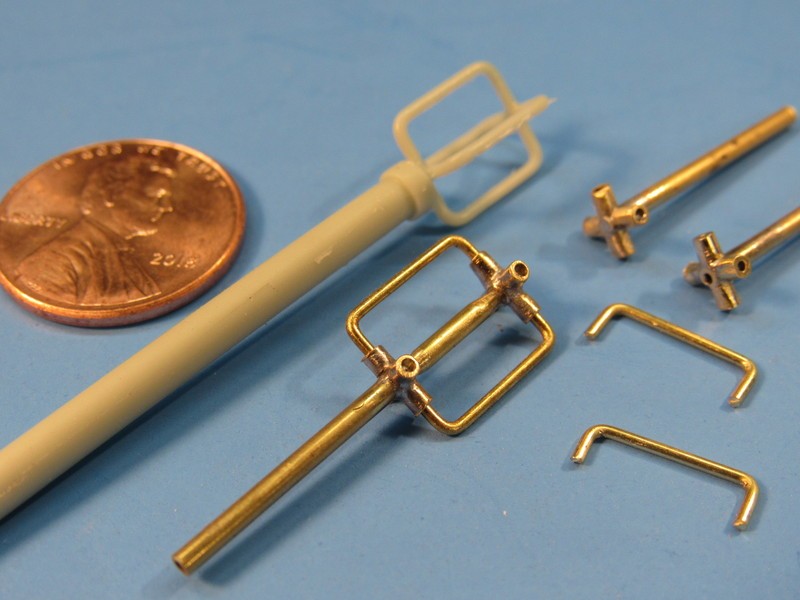
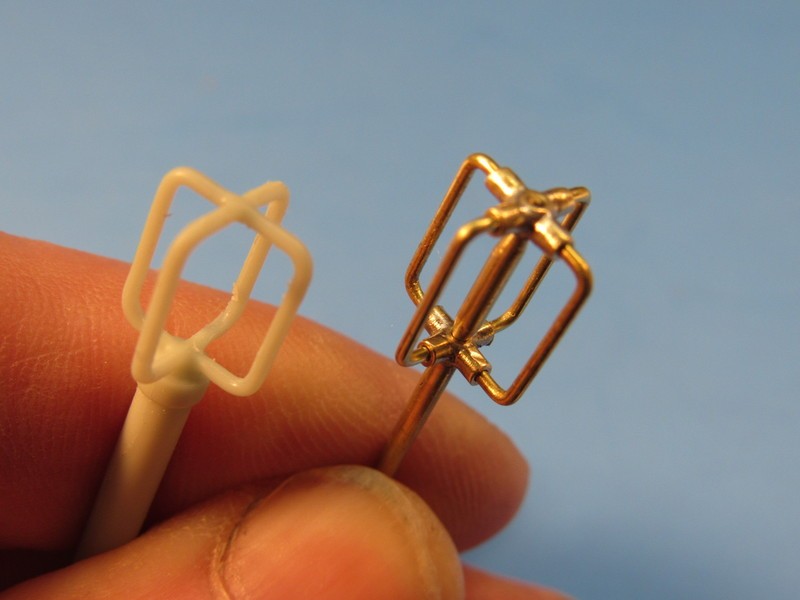
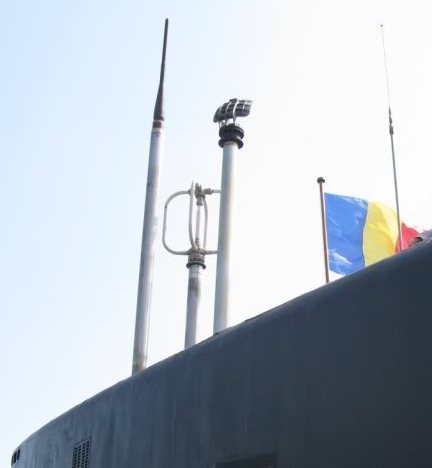
Leave a comment: